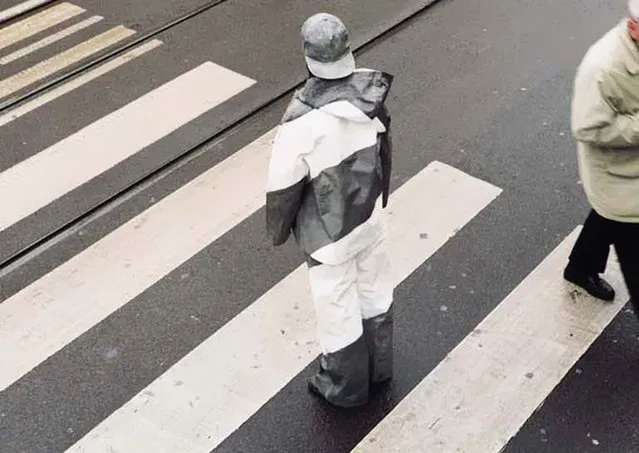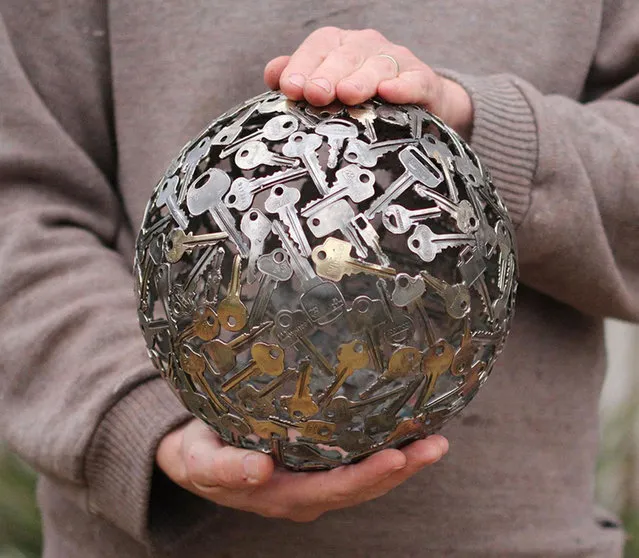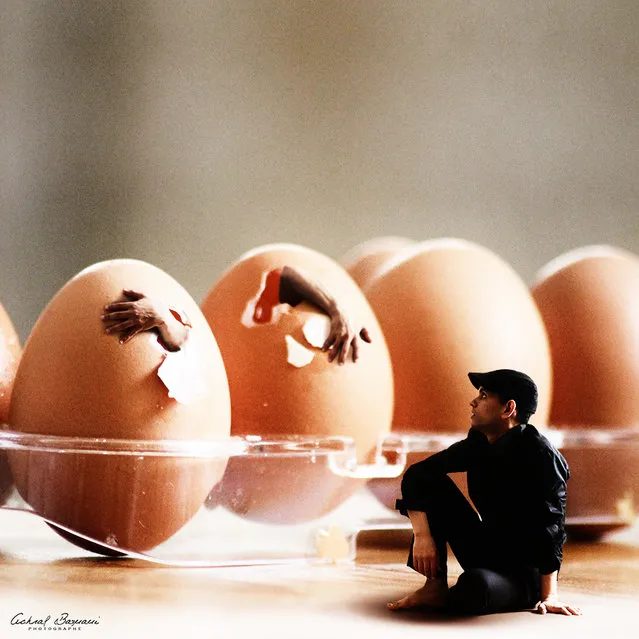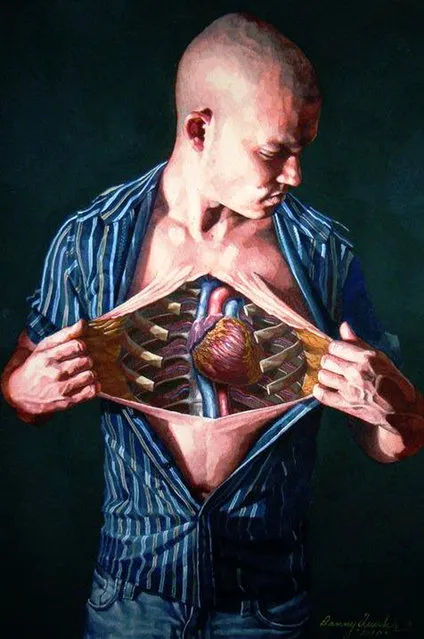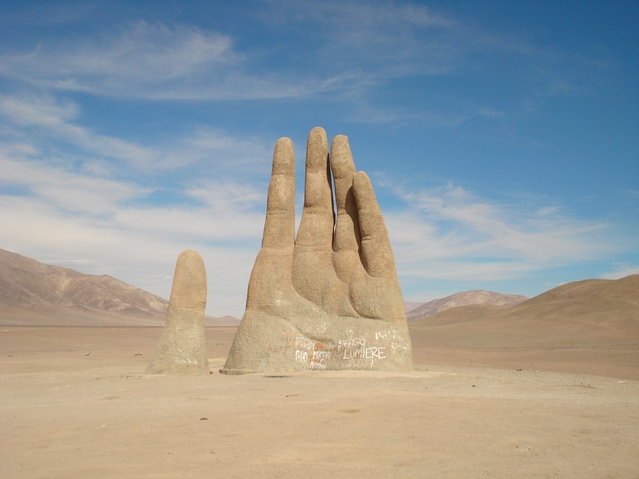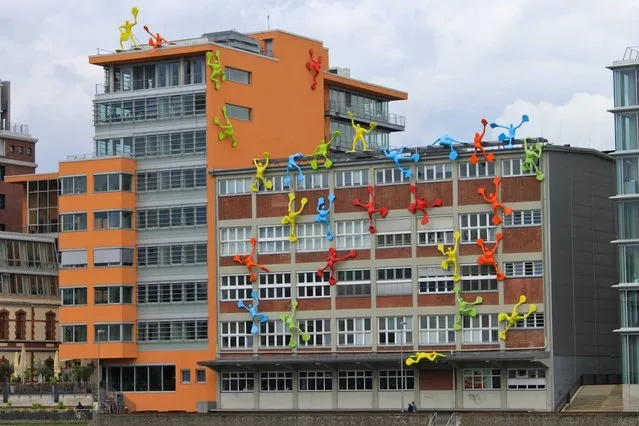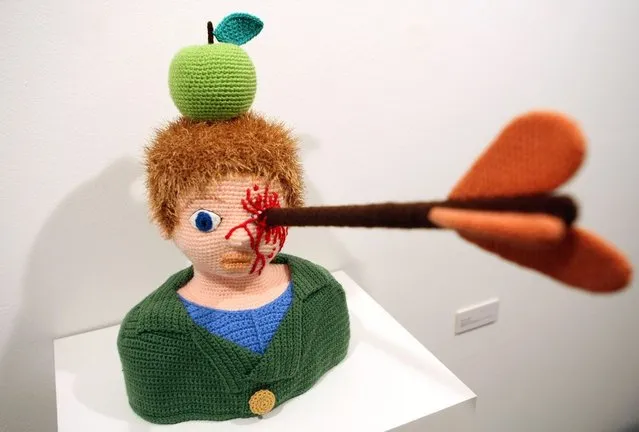
The knitted sculpture “William Tell” by Patricia Waller sits in the “Broken Heroes” exhibition at the Deschler Gallery on April 26, 2012 in Berlin, Germany. The exhibition of hand-crocheted comic, puppet and cartoon figures shows icons of pop culture in various unfortunate states. (Photo by Adam Berry)
29 Apr 2012 12:08:00,post received
0 comments

